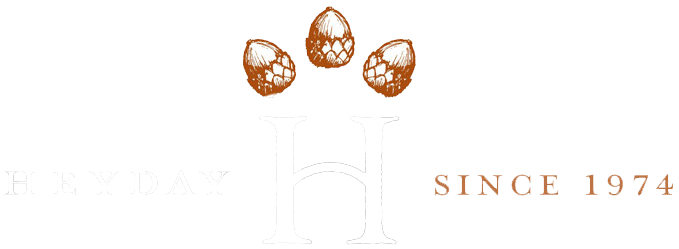
Review by Ishmael A. Elias
Since its establishment in 1920 and recent renovation funded by the County of Los Angeles, The Ford is known for celebrating Los Angeles’ creative and diverse communities. In response to the venue’s closure due to the pandemic, four free digital series were created to highlight critical themes in communities of color through music, art, dance, workshops, and conversations.
One of the series, Ford Digital Festivals, is a curator-led, artistic deep dive into the above-mentioned themes. The most recent virtual festival, Tovaangar Today, premiered on November 1 and features the art and activism of Tongva and other California Nations as well as local diasporic Native artists connected to Tovaangar, colonially known as Los Angeles.
Co-curated by Kenny Ramos (Kumeyaay), Kelly Caballero (Tongva), and Jessa Calderon (Tongva/Chumash), Tovaangar Today is a well-produced and peaceful expression of art, activism, identity, and tribal sovereignty. In a world figuratively and literally on fire in some places, a festival centering on “the struggle” may sound contradictory, which might be true if there was no hope. Tovaangar Today, however, radiates hope amid the perpetual struggle against settler colonialism. The artists call attention to past and current atrocities through poetry, song, dance, and comedy, but ultimately remind us of Indigenous resilience, and our responsibilities as culture bearers and stewards of ancestral homelands.
As with many pandemic-era productions, signs of physical distancing are present throughout the festival, such as performances at The Ford’s Edison Plaza without an audience and several home-studio recordings, but those aspects do little to detract from the overall experience. Also, it should be noted that not all program segments are family friendly due to minor use of foul language.
The festival is accompanied by an excerpt of the short film The Aqueduct Between Us as well as a panel conversation titled, “Working to Protect Water, Environmental Justice, Sacredness of Water,” moderated by Kenny Ramos.
Created by activist siblings and panel members Annie Mendoza (Tongva/Chicano) and Isaiah Mendoza (Tongva/Chicano), The Aqueduct Between Us runs nearly 40 minutes in its original form, which can be found here: https://www.youtube.com/watch?v=V3xwN3nKDUg . The excerpt shown before the film runs a bit under four minutes, but works well to highlight the importance of water to not only to Tongva people, but people in general as life began with water and life needs water to continue. A voiceover in the beginning segment of the film notes: “People say Los Angeles is this paradise; it’s this beautiful, ideal space where summers are beautiful and winters are fresh. And I always ask people, ‘If it’s a paradise now, can you imagine it then?’”
The film clip segues into the panel discussion, conducted via video conference. As the title suggests, the panel delves into water rights for Southern California tribal communities, education about water sources, and possible solutions to protect water.
Panel members include leaders from across Southern California, such as: Angela Mooney D’Arcy (Acjachemen), Founder and Executive Director of Sacred Places Institute, coastal protection activist Maura Sullivan (Coastal Band of the Chumash Nation), multimedia artist Isaiah Mendoza (Tongva/Chicano), and Annie Mendoza (Tongva/Chicano), Director of the Indigenous Waters Program Sacred Places Institute and PhD Candidate in Urban Planning.




